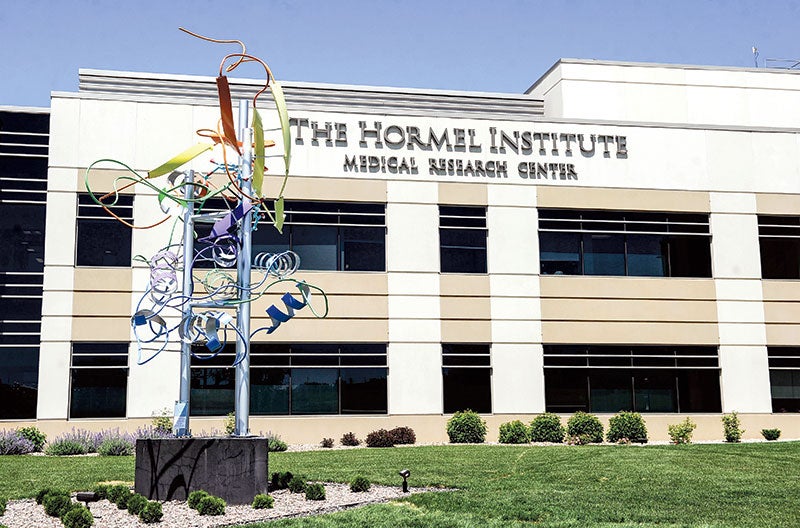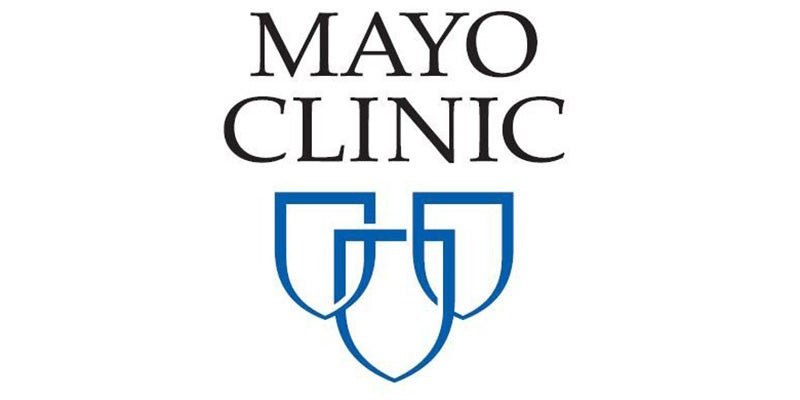MNsure hike is 4th-highest in nation
Published 9:43 am Tuesday, October 25, 2016
By David Montgomery
St. Paul Pioneer Press
ST. PAUL — Minnesota’s 59 percent premium increases on its individual health insurance market have been shocking consumers and politicians alike, but they’re not even the highest in the country.
New figures released Monday show an average premium increase of 25 percent in the 39 states using the federal HealthCare.gov insurance exchange. Minnesota uses a state-run exchange, MNsure. Among the 43 states with available data, Minnesota has the fourth-highest premium increase, behind Tennessee, Oklahoma and the 116 percent increase in Arizona. All three states use HealthCare.gov.
Despite Minnesota’s huge increase, it’s not among the states with the highest 2017 premiums, though it is now above-average in costs. That’s because just a few years ago, Minnesota had among the lowest premiums in the nation, so even years of double-digit increases leave Minnesota with the 13th-highest premiums in the country, according to a Pioneer Press analysis.
The comparison is based on the benchmark insurance plan for a 27-year-old individual in each state and is applied before any federal tax subsidies are applied.
These rate increases apply to Minnesota’s individual insurance market, which covers about 5 percent of the state’s population. Most Minnesotans get their coverage from an employer or a government program such as Medicare, MinnesotaCare or Medical Assistance.
Not everyone buying individual health insurance will see these huge increases, either. People who qualify for federal tax subsidies will see those subsidies rise along with the premiums, blunting or even negating the increases. These subsidies are available for people earning up to 400 percent of the federal poverty line: $47,520 for an individual or $97,200 for a family of four.
State officials and politicians in both parties have called Minnesota’s individual insurance market a “crisis” and are calling for major reforms.
Gov. Mark Dayton, a Democrat who supported the Affordable Care Act that set up the individual health exchanges, made national headlines this month when he said “the Affordable Care Act is no longer affordable for an increasing number of people.”
While most states are facing significant premium increase, Minnesota is in worse shape because it has an unusually small individual market with an unusually large number of sick people. That means insurers have had to pay more to cover care than they’ve received in premiums, resulting in millions of dollars in losses.
A major insurer, Blue Cross Blue Shield, pulled out of Minnesota’s individual market this year, and other insurers threatened to do so but were persuaded to stay in. To keep those insurers, state officials agreed to major premium increases and to enrollment caps on most of the carriers.
Not every state is in a crisis situation.
Massachusetts and Indiana are actually seeing their benchmark plan’s premiums go down, and nine other states have single-digit increases.
—Distributed by Tribune Content Agency.




